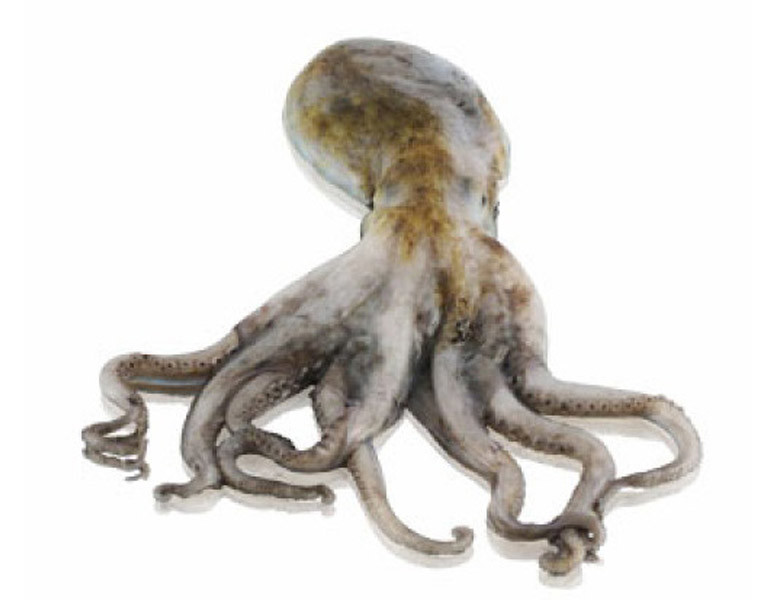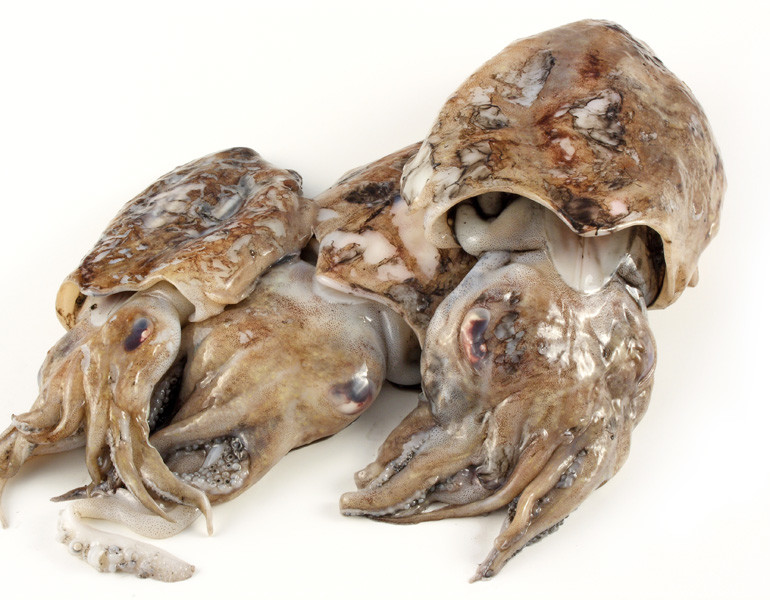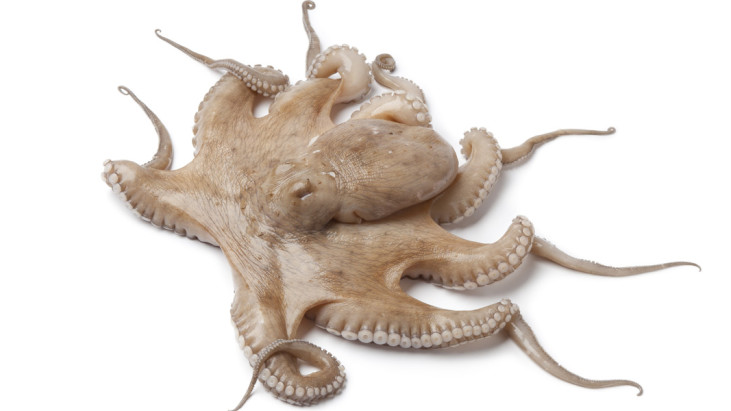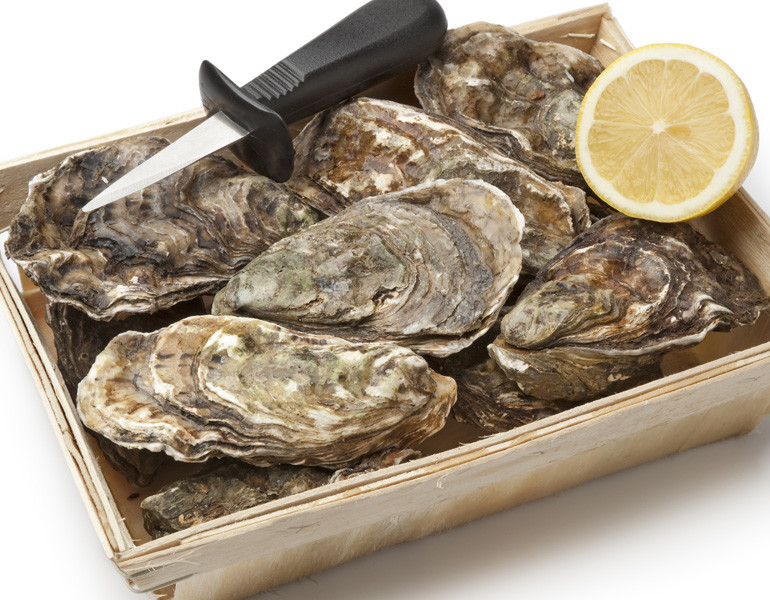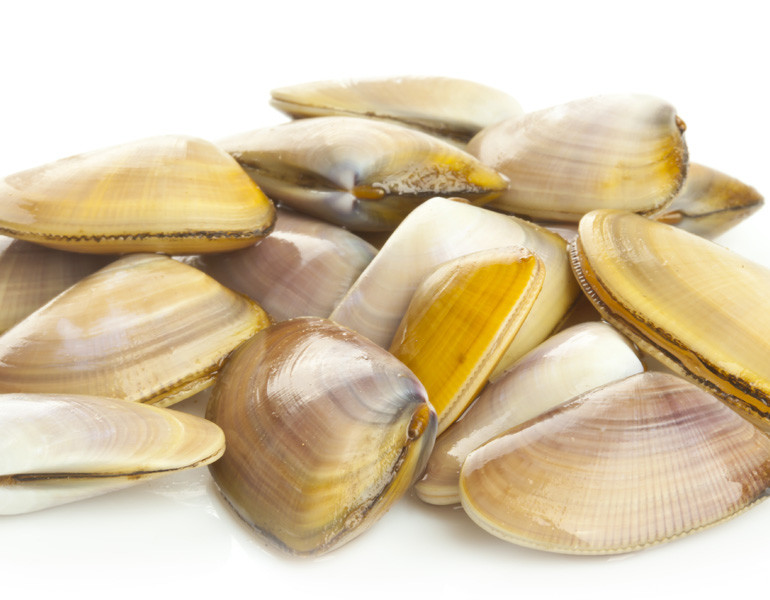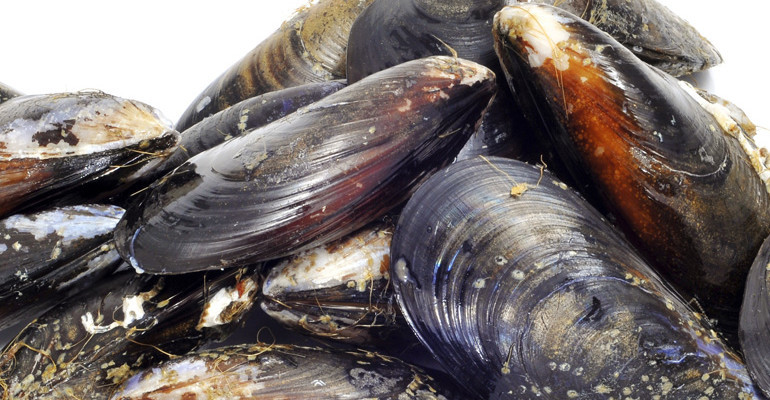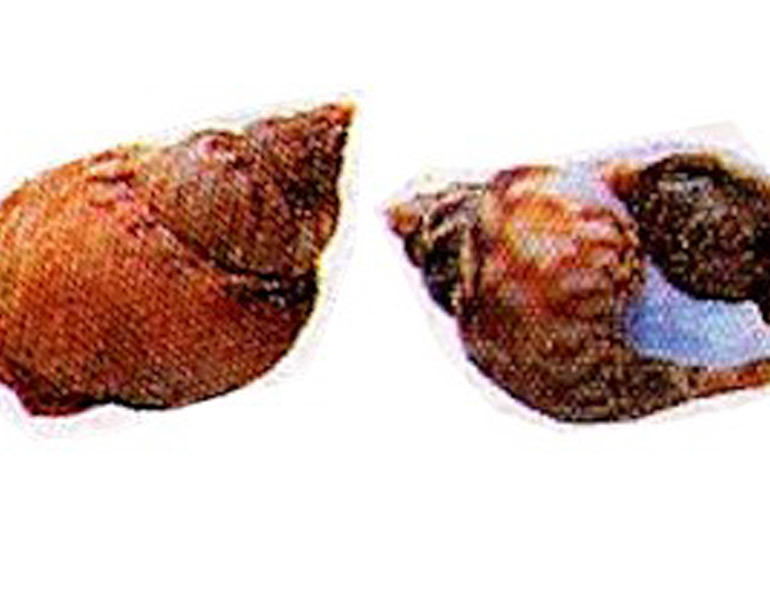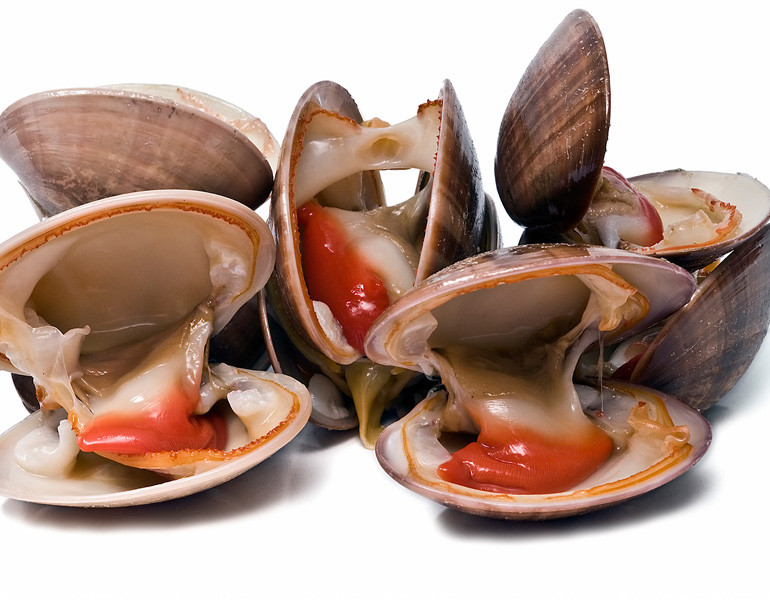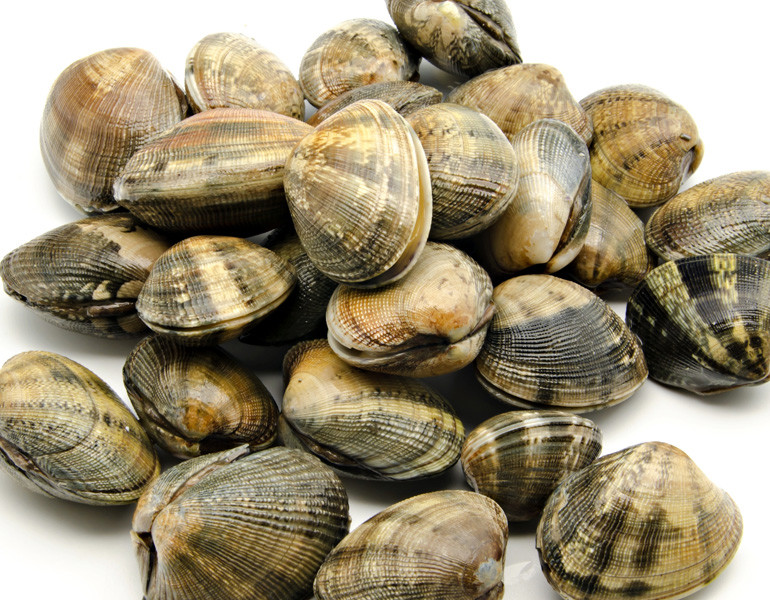The musky octopus is a mollusc species very similar to octopus, which grows mainly in the Mediterranean sea. Scientific description: Eledone Moschata (Musky octopus) The musky octopus lives in ...
Mollusks
Risultato della ricerca: ‘‘
Cuttlefish
The cuttlefish is a cephalopod mollusc belonging to the Sepiidae family. Scientific classification: Sepia officinalis Habitat The cuttlefish lives in quite shallow seabeds and favours those which ...
Octopus vulgaris
Octopus vulgaris or common octopus It favours living in rocky and rich subsoil in inlets, where it can hide to escape from predators. It is also fished in the more temperate areas of the ...
Ostrea edulis
This marine species lives on the seabed, on the coasts of the northern Adriatic Sea. They are able to live anchored to the rocks at a depth of 40 metres, or resting on the mud. They generally ...
The cockle
The cockle or donax trunculus lives in large colonies near the seagrass beds of Posidonia. It prefers sandy seabeds and depths of more than ten metres. It buries itself a few centimetres below ...
Sea snails or “maruzzelle”
Nassa Mutabilis They generally live in shallow waters, mainly hidden on sandy bottoms, not going below 20 meters and are widespread in the Mediterranean. The baby snails are consumed mostly by ...
The Filipino Clam
The Filipino Clam or Venerupis philippinarum, also known as the fake clam or caparozzolo, native to Japan, has been introduced in Europe and the Mediterranean, in particular in the Adriatic Sea, ...




